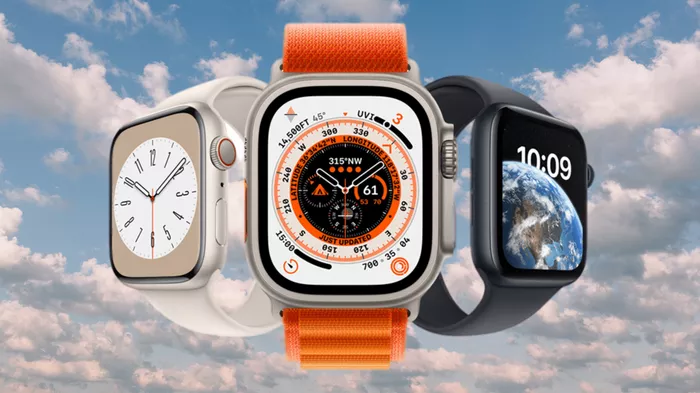In the realm of wearable technology, the Apple Watch stands out as a versatile companion for daily activities, including fitness tracking, communication, and even music playback. In this comprehensive guide, we’ll delve into the music playback capabilities of the Apple Watch, exploring its built-in features, storage options, supported apps, offline playback capabilities, connectivity options, control methods, compatibility with AirPods, streaming versus downloading, battery life considerations, and real-world user experiences.
Built-in Music Playback
The Apple Watch indeed has built-in capabilities for playing music directly from the device itself, providing users with the freedom to enjoy their favorite tunes without the need for an iPhone or other external device. This feature enhances convenience and allows for a more immersive music experience on the go.
Music Storage
The amount of storage available on the Apple Watch for storing music files locally varies depending on the model. However, it’s typically limited, with enough space to store a selection of your favorite songs or playlists. Users should consider the limitations and consider the types of music files that can be stored, typically favoring compressed formats like MP3 or AAC.
Supported Music Apps
Several popular music apps are supported on the Apple Watch, including Apple Music, Spotify, Pandora, and others. These apps allow users to access their entire music library, playlists, and curated content directly from their wrists, providing seamless integration with the Apple Watch’s ecosystem.
Offline Playback
The Apple Watch supports offline playback of music, enabling users to listen to their favorite tunes even when they are not connected to Wi-Fi or cellular networks. This feature is particularly useful for users who engage in outdoor activities or workouts where internet connectivity may be limited.
Bluetooth Connectivity
Users can pair Bluetooth headphones or speakers with the Apple Watch for wireless music playback, offering flexibility and convenience for users on the go. This option allows users to enjoy their music without the hassle of tangled wires or the need for a physical connection to their devices.
Control Options
Managing music playback on the Apple Watch is effortless, thanks to various control options available to users. These include using the touchscreen interface, issuing voice commands with Siri, or utilizing physical controls on the device itself, providing users with a seamless and intuitive music experience.
Compatibility with AirPods
The integration of Apple’s AirPods with the Apple Watch further enhances the music playback experience, offering features such as automatic switching between devices and quick access to playback controls. This seamless integration ensures a hassle-free and immersive music experience for users.
Streaming vs. Downloading
Users have the option to stream music directly from the internet or download music for offline playback on the Apple Watch. Each approach has its benefits and limitations, with streaming offering instant access to a vast library of music but requiring continuous internet connectivity, while downloading provides offline access but requires storage space on the device.
Battery Life Considerations
While enjoying music on the Apple Watch, users should consider the impact on the device’s battery life. Streaming music and using Bluetooth connectivity can drain the battery more quickly, so users should optimize their settings and usage habits to maximize battery life while still enjoying their music.
User Experiences
Real-world user experiences provide valuable insights into the practicality and performance of music playback on the Apple Watch. Users may share anecdotes, tips, and favorite features, helping others make the most of their music experience on the device.
Conclusion
In conclusion, the Apple Watch offers a robust and versatile platform for music playback, allowing users to enjoy their favorite tunes anytime, anywhere. Whether streaming music over the internet, downloading for offline playback, or controlling playback with voice commands, the Apple Watch provides a seamless and intuitive music experience. By considering factors such as storage limitations, connectivity options, and battery life considerations, users can optimize their music experience and make the most of their Apple Watch’s capabilities.

